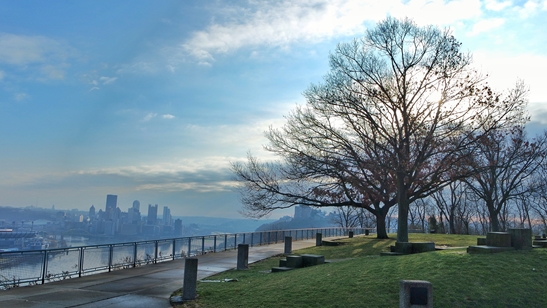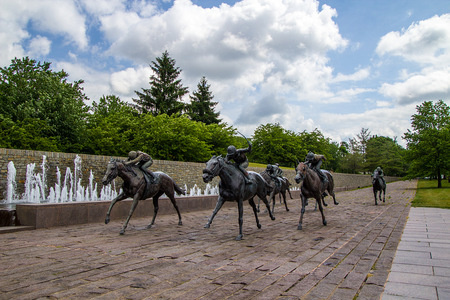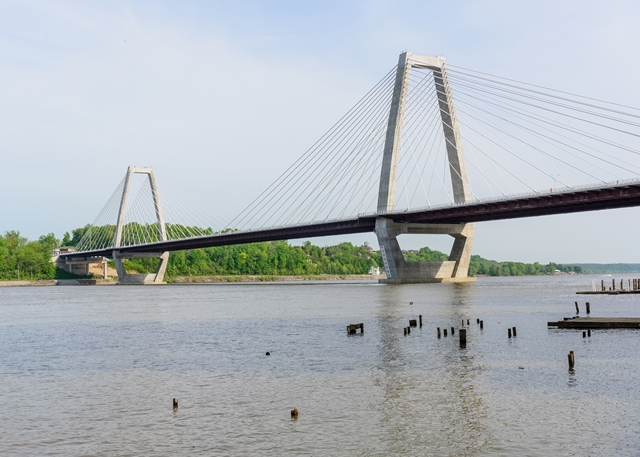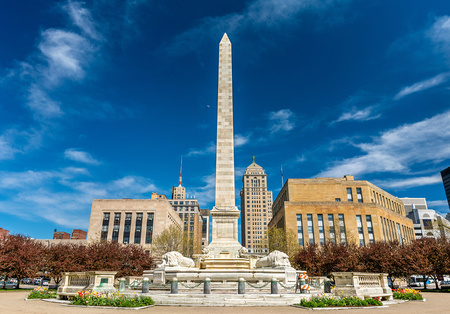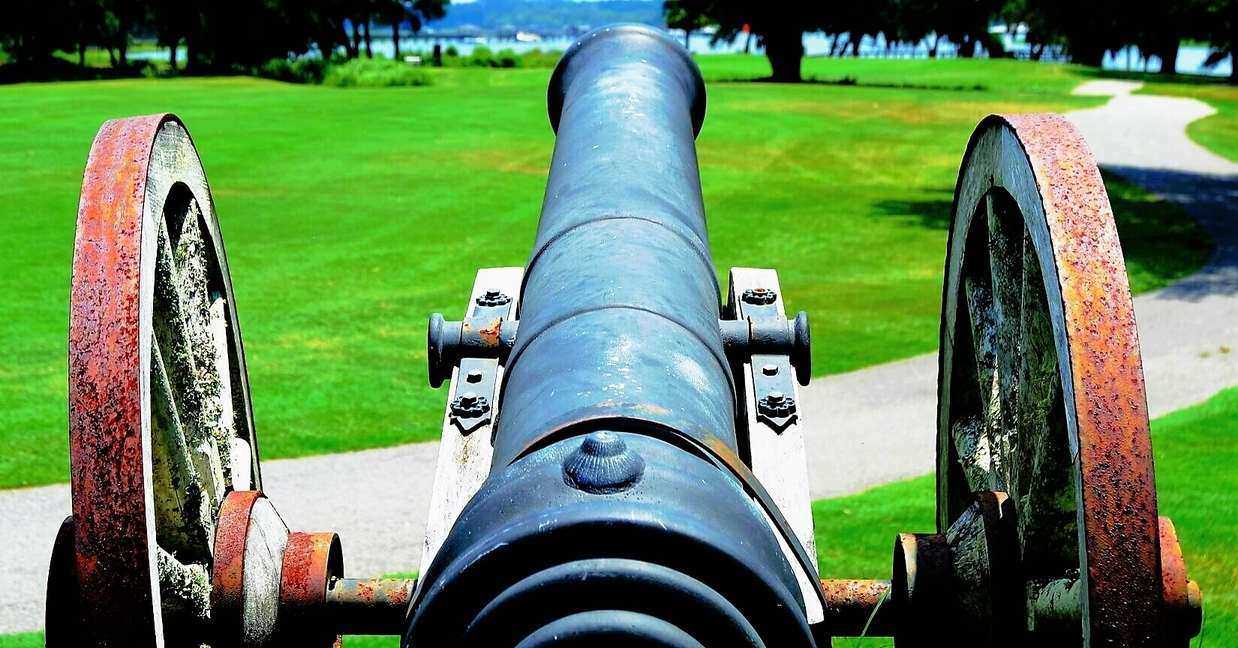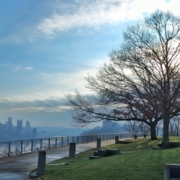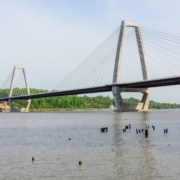Construction Fall Safety Plan
It is critical that all construction sites develop a fall protection safety plan. Fall safety plans should be discussed with an OSHA area officer prior to implementation. The purpose of a construction fall safety plan is to ensure that all employees have the knowledge to work safely on a construction site.
Falls are the leading cause of construction worker fatalities in the United States. Each year over 100,000 workers are injured as a result of falls at construction sites. Given that falls are generally the result of a variety of factors complex factors, it is important to have a fall safety plan in place on every construction site. OSHA suggests that employers and employees consider the following on all construction sites:
- Select fall protection systems appropriate for given situations.
- Use proper construction and installation of safety systems.
- Supervise employees properly.
- Use safe work procedures.
- Train workers in the proper selection, use, and maintenance of all protection systems.
A fall safety plan is going to vary based on the type of fall protection necessary for a given job site. A good plan will address conventional protection as well as identify specific areas that will require special attention. The most effective plans are designed to ensure that employers and employees are able to recognize the specific fall hazards on a job site. Once hazards are recognized safest procedures should be implemented to ensure the prevention of falls from upper-levels, through holes or openings and in walking and working surfaces.
A good fall safety plan for any construction site should be designed to allow employers and employees to recognize the fall hazards on every job site. The plan should establish specific procedures that are to be followed in order to prevent falls. Each employee should be trained and adhere to the fall plan. If the plan exposes anyone at the site to a greater hazard, the specific concerns should be addressed by the foreman or trained safety personnel to address the concerns before proceeding.
One of the best ways to prevent falls on a construction site is to limit access to hazardous locations. Clearly defined controlled access zones should be in place before any protection systems are implemented. Make sure all controlled access zones are in place before beginning of construction. For all controlled access zones there must be physical barriers to only allow authorized and fall prevention trained employee’s entrance.
A written fall protection work plan is critical for construction safety. A comprehensive plan should cover conventional construction sites as well as maintenance and repair work. A fall protection plan should also be established for any vehicles which elevate employees. It is important to realize that fall hazards vary depending on the work site. All fall hazards should be identified prior to work. Once hazards have been identified, a fall plan must describe methods that will be put in place to arrest the fall and restraints to prevent a person from falling. All construction safety plans should describe the procedures for assembly, maintenance, inspection, and dis assembly of the protection systems to be used.




